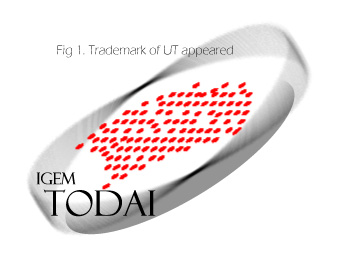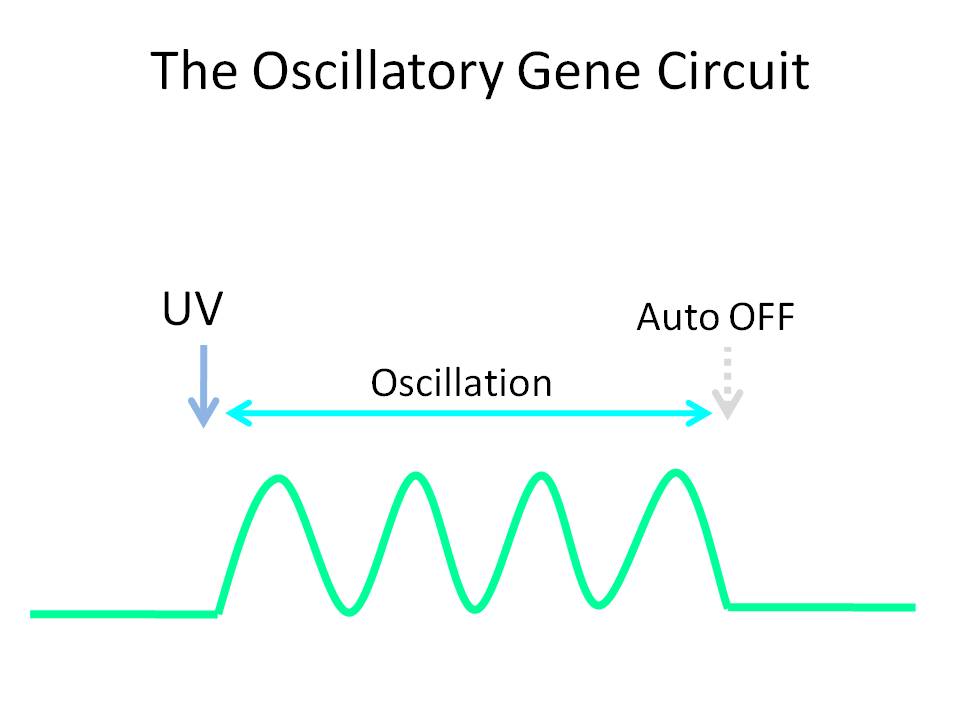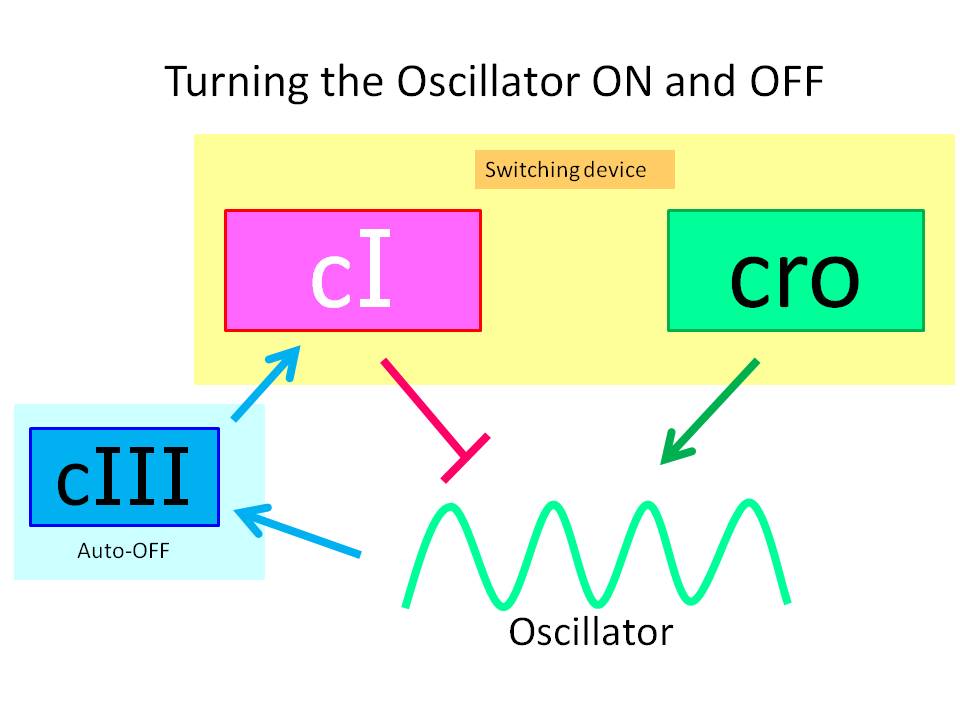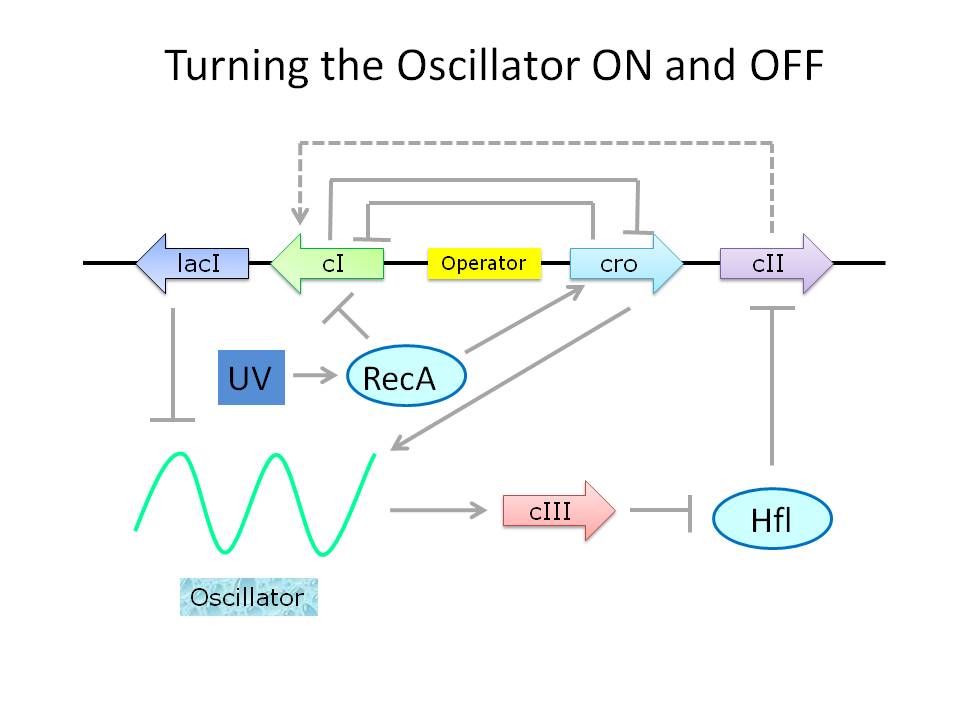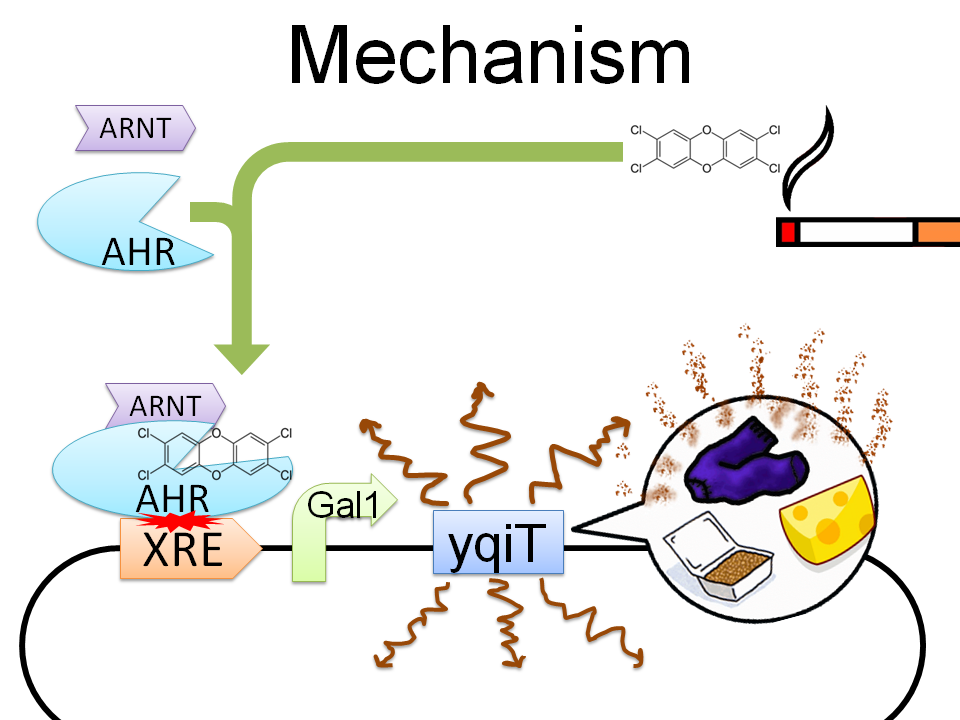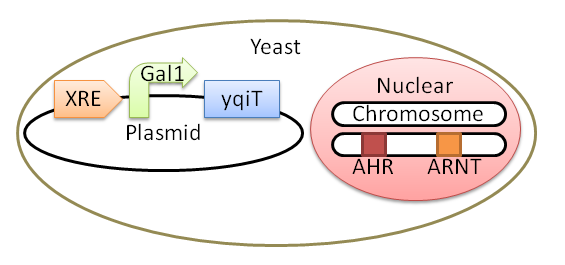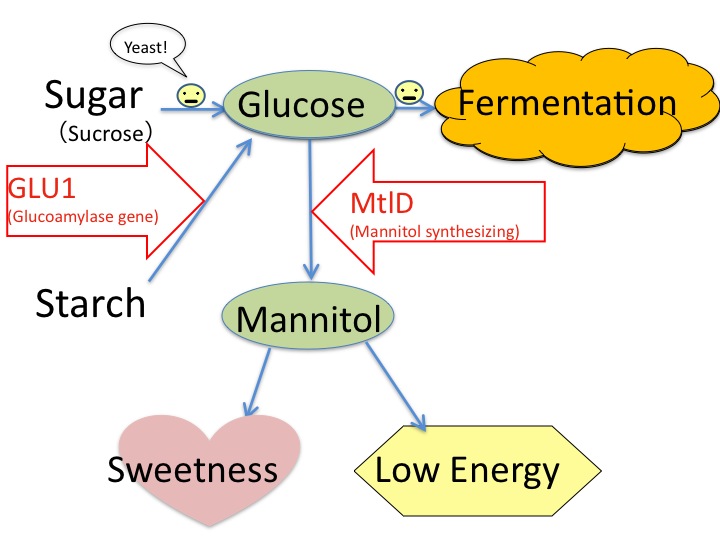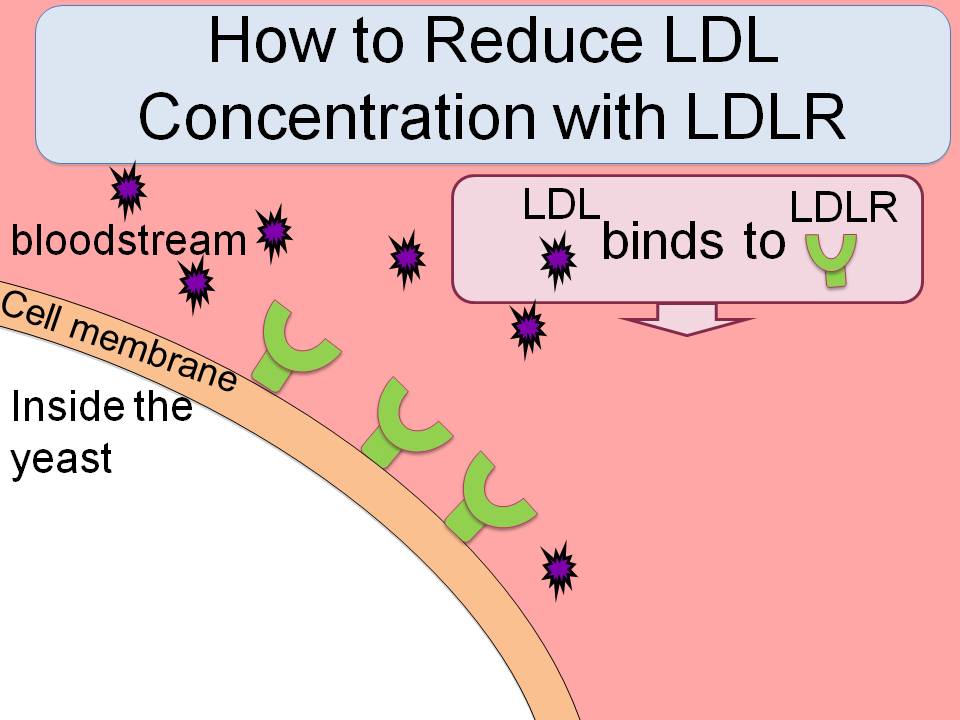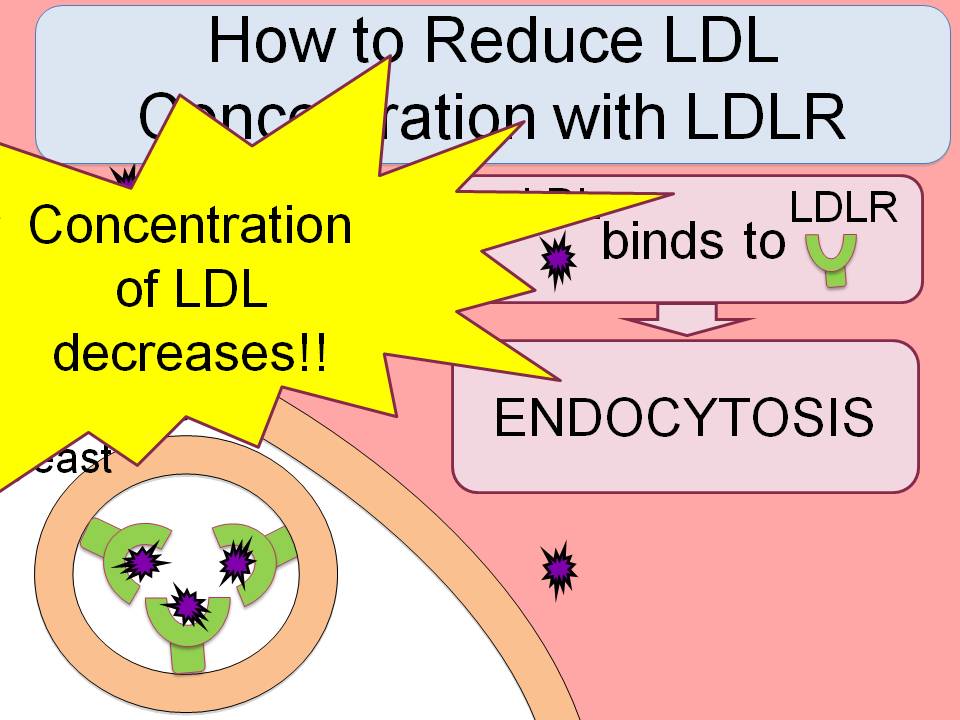Team:Todai-Tokyo/Project
From 2009.igem.org
| Home | The Team | The Project | Parts Submitted to the Registry | Modeling | Notebook | Protocols | Ethics |
|---|
Contents |
Aim
To Prevent lifestyle diseases using synthetic living systems
Lifestyle diseases, diseases caused by unhealthy living habits, comprise one of the major problems in modern society, especially as they may lead to fatal heart problems or even cancer. However, preventing or curing these diseases is presently of extreme difficulty.
Our team, Todai-Tokyo, has been tackling treatment of lifestyle diseases such as hypercholesterolemia, diabetes, circadian rhythm dysfunction, and bad smoking habits by using synthetic living systems, utilizing their ability to incorporate complex logic functions and dispensability of external control once in operation. To do this, we aim to create the following: cells that ingest cholesterol to decrease blood cholesterol levels, healthy low calorie breads, a system in which periodic gene expression is controlled, and bacteria that encourage smokers to quit smoking, respectively.
By applying similar synthetic biology methodologies to these, prevention of numerous lifestyle-related diseases may become reality, serving as a first step towards their eradication.
Overall projects
We are planing 4 projects.
1.bioclock
2.tobacco
3.Bread
4.Arterisclerosis
1.We will produce E.coli that can let me know what time it is now by expressing Fluorescent Protein.
2.If you broken your promise and smoked, your mouth would begin to smell.We are growing E>coli or bacterias which express the enzyme that reacts Nicotine and catalyzes a smelling substract.
3.We are making food which has additional nutritions.Without adding sugar,Bread becomes sweet by enzymes of bread yeast. Food has more vitamins. etc.
4.Arteriosclerosis is caused by LDL cholesterols. So, we are growing S.cerevisiae which express LDL cholesterol receptor and inhibits the absorption of LDLcholesterols in the blood vassel.
Details of Each Projects
Bioclock
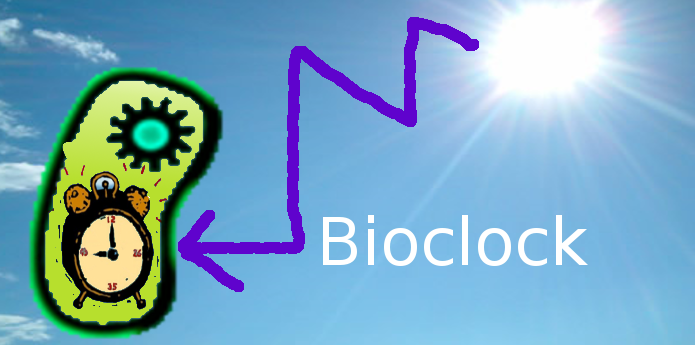
Synthetic Oscillatory Gene Circuit in E.coli Cells
We are working on an oscillatory gene circuit in each individual E.coli cell according to the circuit design which was reported by J. Sticker and his colleagues in 2008. Also, we are making the switch to turn on and off the oscillator. The oscillator sould be turned on after UV exposure, and turned off automatically after a few hours.
1. Activating the Oscillator by UV Radiation
The switch consists of two genes derived from bacteriophage lambda, cI and cro. The expression of two genes is mutually exclusive. The initial state is the cI expression, which means the oscillator is turned off. When UV light is exposed, cI is cleaved by RecA, one of the SOS genes of E.coli, and cro starts its own expression. As a result, the oscillator is turned on. The reason why these two gene can control the oscillation is that cI enhances lacI which is a component of the oscillator while cro doesn’t, as explained just now.
2. Oscillatory Expression. (J. Sticker et al, Nature 2008).
The oscillator consists of one negative feedback roop by lacI gene and one positive feedback roop by araC gene. In this circuit, araC, lacI, and GFP are under control of the same promoter (denoted as P_araC/lacI) which is suppressed by lacI and enhanced by araC. The oscillatory period is from 10 min to 40 min, and dependent on the concentration of IPTG, arabinose, and temperature.
3. Silencing the Oscillator
A gene called cIII enhances cI and turns off the oscillator. CIII is also controlled by P_araC/lacI. Here is the mechanism: When cro is expressed (which means oscillator is on), still other gene cII is expressed together. cII is capable of enhancing cI expression, but is unstable under normal condition, because it is attacked by Hfl protease of E.coli. cIII prevent cII degradation by competitive inhibition of Hfl. Consequently, cII can induce cI expression only when cIII exists in the concentration high enough to inhibit Hfl activity. So, when the cIII concentration hits the critical amount, the oscillator is turned off.
Experimental procedure
Oscillator (Sticker,J et al. Nature, 2009 [1])
The ParaC/lacI promoter is enhanced by araC and repressed by lacI. (Lutz,R et al. Nucleic Acid Research, 1997 [2])
The promoter, RBS, NcoI and XhoI restriction site, and double terminator was first synthesized.
araC, lacI and GFP was then each amplified with degradation tag. Using homologous recombination, these three genes were inserted into the synthesized DNA, between the NcoI and XhoI site.
araC and GFP were ligated in tandem, inserted into a plasmid vector which has ColE1 origin. lacI were inserted into a plasmid vector with p15A origin.
(* In order to make the genetic oscillatory circuit, strict control of the total number of the mRNA molecules transcribed is required. The replication origin ColE1 has medium copy number, while p15A has low. We used these origins following the instruction of the paper of J.Sticker.)
UV induced Switch
All the genes described above, except RecA (which is endogenous bacterial gene) was cloned from lambda phage genome. they are all sub-cloned into plasmid of the p15A origin.
araC+lacI double knockout bacteria construction
As mentioned above, We made bacterial strain that has no functional araC nor lacI proteins, for the strict control of protein expression is crutial in this gene circuit.
Tobacco
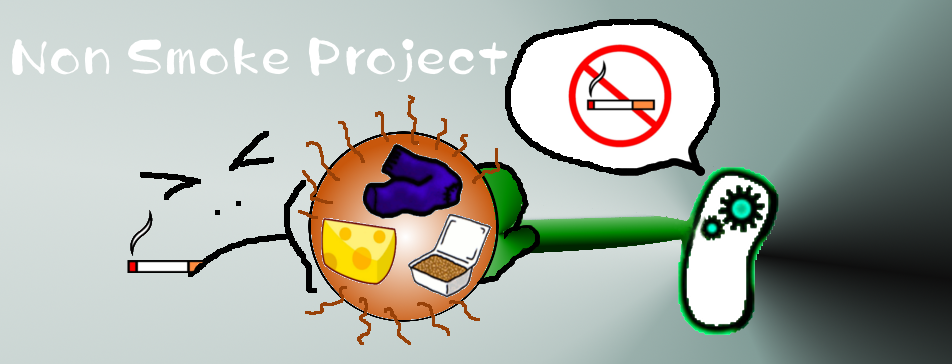 Effective Way to Quit Smoking Using Smelling Yeast Cells
Effective Way to Quit Smoking Using Smelling Yeast Cells
We will make bacteria to help those who want to quit smoking to attain their goal.
In order to achieve this, we are constructing the bacteria that begin to smell when exposed to smoke.
The way to use these bacteria is very simple.
1. At first, we get those who have to break their habit of smoking to take these bacteria.
2. And then, if they break the ban and smoke, they will be worried by strong smell like a cheese or dirty socks.
3. Thereafter they will never smoke anymore.
Next, I'll explain the mechanism of this bacteria.
1. First, dioxin in smoke reacts the activator protein Ahr.
2. Then, Ahr and protein ARNT binds the enhancer XRE, and yqiT is expressed.
- YqiT codes Leucine dehydrogenase descended from Bacillus subtilis.
- The Leucine dehydrogenase makes isovaleric acid from Leucine.
- Isovaleric acid is a major component of the cause of unpleasant foot smell.
Bread
We make yeast that can make bread without sugar.
Sugar is essential for bread making but may cause diabetes; therefore bread made from our yeast is healthier.
In diabetes, the body either doesn't respond properly to its own insulin, doesn't make enough insulin, or both.
This causes glucose to accumulate in the blood, often leading to various complications. Too much intake of sugar is one of the major causes of this disease. We focused on lowering sugar ingestion and planned to make sweet bread without adding any sugar. Because bread contains sugar and we take it almost everyday. To make sweet bread, we usually have to add sugar. It is necessary to make bread sweet but also as a source of the fermentation process. In detail yeast digests sugar into glucose and uses it in the fermentation. Without sugar, bread can’t be sweet and in the first place dough can’t expand.
We think of substituting other things for sugar in both processes. First we make baker’s yeast that uses starch instead of sugar for the fermentation. It is realized by transforming GLU1, a gene of glucoamylase, into yeast. This enzyme resolves starch into glucose. Starch is contained in flour and it’s a main ingredient of bread, so this yeast gets able to perform fermentation without sugar.
Then as an origin of sweetness we direct our attention to two sugar, mannitol and psicose.
- mannitol
First plan is changing glucose to mannitol.It is an alcohol sugar that is as sweet as glucose, lower in energy and slowly absorbed from the intestinal tract. So products sweetened with mannitol in place of sugar may be useful in providing a wider variety of reduced calorie and sugar-free choices to people with diabetes. We’ll introduce a gene of an enzyme that converts glucose into mannitol to the yeasts. Using the rest of glucose after the fermentation, they produce mannitol.
- psicose
The other plan we constructed is converting glucose to psicose. It's an ultralow-energy monosaccharide sugar which yields only 0.3% the metabolic energy of the equivalent amount of sucrose. As in mannitol plan, we make yeast produce psicose from glucose using two enzymes.
By using these yeasts, we can offer you the way to lead healthier life with sweet, tasty bread.
Experimental Procedure
- mannitol

Clone mtlD (mannitol synthase) from E.coli and insert it in the yeast chromosome by homologous recombination.
Replace gpd1 gene by mtlD and gpd2 gene by glu1.
Yeast responds to osmotic stress by increasing the synthesis and accumulation of glycerol. Gpd encodes Glycerol-3Phosphate Dehydrogenase, which is essential for forming glycerol.
Mannitol fuctions as a osmolytes instead of glycerol.
- psicose

Clone xylose isomerase gene and D-tagatose 3-epimerase gene from Mesorhizobium loti.
Replace gpd1 gene by D-tagatose 3-epimerase gene and gpd2 gene by glu1. Transform a plasmid coding xylose isomerase gene.
Psicose protects yeast against osmotic stress as mannitol.
Arterisclerosis
We try to reduce LDL, which contains cholesterol, by introducing LDL receptor to yeast. LDL receptor catches LDL therefore reduces LDL concentration.
How to prevent arteriosclerosis using a wonderful membrane protein called LDLR. First of all, I'm going to explain what the arteriosclerosis and LDL is and how LDL causes it. Arteriosclerosis, basically, is the hardening of blood vessels. LDL stands for Low Density Lipoprotein, and it contains lots of cholesterol molecules. Arteriosclerosis begins with when macrophage finds and eats LDL. Macrophage that ate LDL dies because it cannot digest LDL. The dead macrophage accumulates inside the wall of a blood vessel. This causes the blood vessel to lose elasticity therefore become vulnerable to cardiovascular diseases, such as a heart attack. A series of these events start with LDL... which means, LDL is BAD for you!
Conventional therapies have various kinds of problems. Statin and Anion-exchange resin are the most commonly used drugs. They have these side effects, however. Of course, diet therapy does not have side effects...but is time consuming... ,and you can't eat whatever you want. From now on I would like to present a novel idea to decrease LDL concentration with LDLR, which is a receptor of LDL.
First, LDL binds to LDLR. This leads a cell to do endocytosis, or an absorption of large molecules. LDL enters inside the cell because of endocytosis. Consequently, LDL concentration decreases, and thus arteriosclerosis will successfully prevented. We have decided to introduce LDLR to yeast. There are several reasons why we have chosen yeast. The most important one is that yeast is eukaryote. LDLR derives from human beings, so there may be some difficulties if introduced to bacteria.
Among all eukaryotic species have we selected yeast because it is the simplest of all eukaryotes; we can handle them with ease. Last, but not least, is that yeast does endocytosis for taking in LDL while bacteria don't.
Our new method to reduce LDL with LDLR has a lot of advantages over conventional therapies. Using different receptors, we can easily apply this method to reduce other unnecessary substances such as uria and fat. Another advantage is that there would be no side effect because we use neither chemicals nor artificial substances.
And of course, you can eat whatever you want without the fear of getting arteriosclerosis because LDLR gets rid of LDL for you!
Results
| Home | The Team | The Project | Parts Submitted to the Registry | Modeling | Notebook | Protocols | Ethics |
|---|
 "
"


